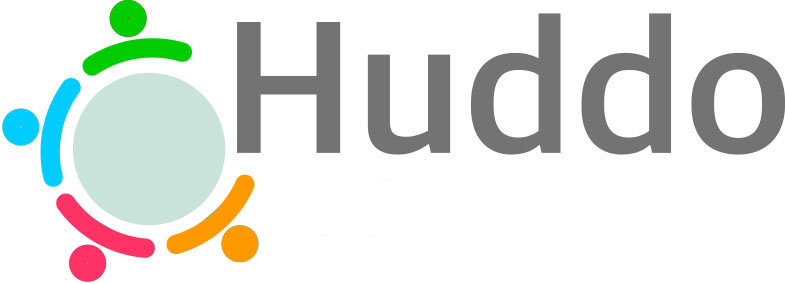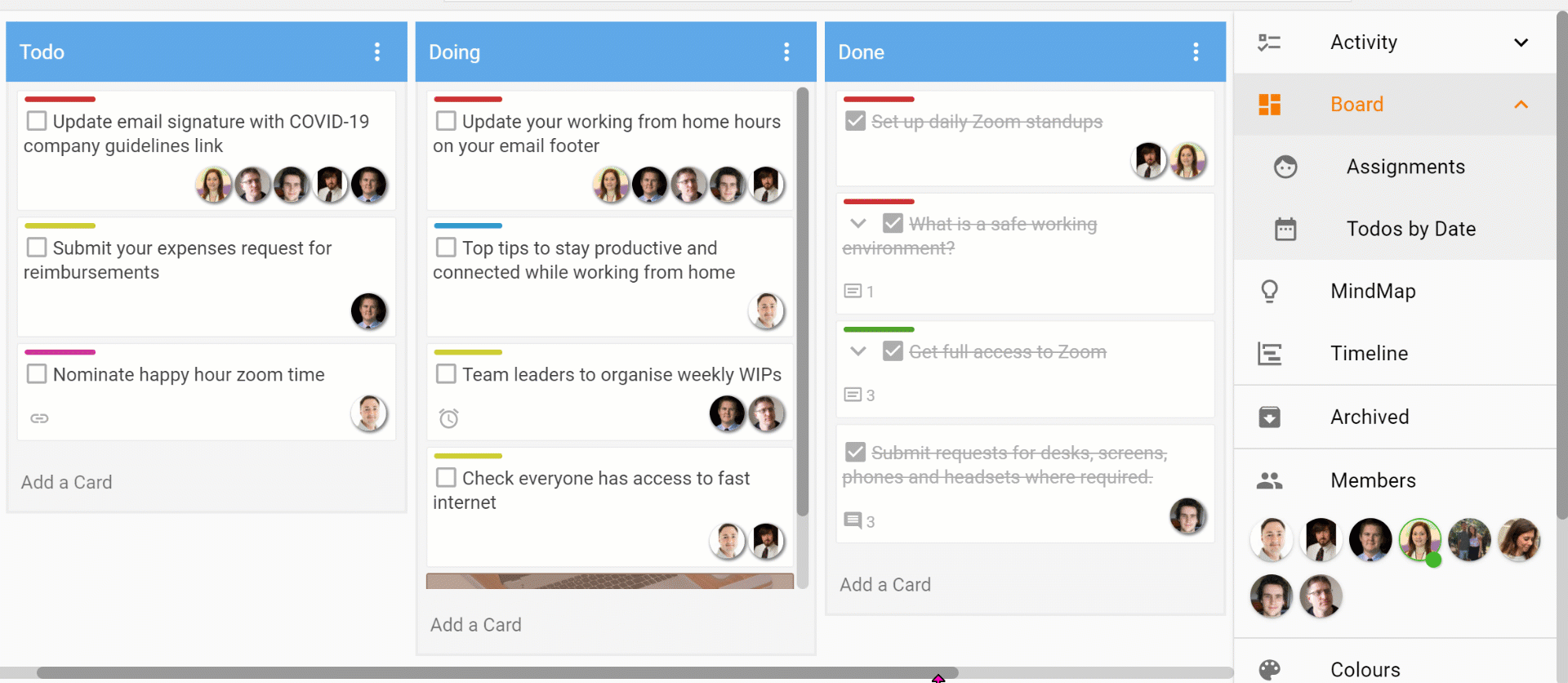Techniques. Tech Geeks: Continuous Projects with no ‘Hard’ Deadlines
Well, techniques are not just for the technological. This title was just an attempt to be clever and there are only so many words that rhyme with ‘techniques’. Techniques apply to online and offline projects and are naturally developed when using any tool. In fact, use any tool long enough and you naturally develop your own technique as you begin to understand more efficient ways of using it to create better results and/or do the work faster. Everything from managing million-pound budgets to peeling a potato.
Techniques can change depending on the sort of project you are working on, any restrictions (such as budget, and time), the size of your team, the tools you use, your company culture, communication channel preferences, and much more. All those seemingly little things inputted into a project can influence techniques, but there are some foundational commonalities across most projects where a certain technique suits a certain aspect.
Continuous Projects with no ‘Hard’ Deadlines
If you are managing a help desk, support tickets, or even a sales pipeline, you may find yourself on a project Board with no clear end date set. It can be continuously added to, daily, and last for a year or more. New tasks come in, tasks are reprioritised if needed and moved along the stages to completion. Usually, these Boards are organised by a few, but have many collaborators all working away on the same Board at the same time. Managing long-continuous projects leads to certain techniques:
Managing many tasks for many people, with moving and shifting priorities and unclear dates, is better in a list form, and views such as Kanban or Activity. It’s a much simpler way to organise such tasks and for collaborators to come to the list, pick the top one and work on it. Seeing the holistic view of the project is less important for most members of the team, so is tracking it over time. These views are more appropriate to the Project Manager.
If you have clear stages to complete all associated tasks, it’s great to use them as lists to directly see where an individual task is in the overall process/pipeline. Simply name your lists those stages in Kanban, and as each stage is completed a task moves down the Board. For instance, the first column may be ‘unassigned’ or ‘new’ and then they are picked up by collaborators who start tasks, perhaps doing initial scoping or reviews, first drafts, initial stages of contact, reviews, and ultimately finish the task. Collaborators move tasks down the Board as they go through each stage. No task is left behind and the cycle continuously repeats. As you finish one task you take the next.
Manage multiple collaborators and key task definitions with labels, be that colours, tags, or member assignments. These labels are especially useful for collaborators to aggregate views to view their tasks or view certain tags. For Product Managers, it enables them to see how collaborators are coping with tasks and review departmental performance with aggregated views such as Assignments or Labels. This allows temporary sorting and filtering to occur but keeps the main Board lists and organisation intact, giving Project Managers a single source of truth (just a temporary way of seeing that project).
Hiding completed tasks is another great feature to help keep larger continuous Boards clean. Once a task is completed it is removed from the view but remains associated with the Board so collaborators can keep a clean space, but Product Managers can see what tasks and how many tasks are being completed, and by whom.
[NEW TO 2024]
Download the Huddo Boards
Guide for Project Management
A great addition to larger Boards with repetitive tasks is to deploy automation, be that using Power Automate or Zapier. If tasks follow a similar path, you can automate certain steps. Such as; emails to a certain address are automatically added as new tasks to a Board; moving a card to a list called ‘complete’ may tick the card as completed; moving a card to a certain list may apply a certain colour label or assignment. Make light work of the really repetitive steps.
Resource planning can be a key objective for Product Managers. Are there enough heads for the number of tasks? Are too many tasks stuck in one particular stage? Does one collaborator have too many tasks and/or another less? Here, aggregated views in both Kanban and Activity can temporarily show tasks by Member, Date, or Label, so you can see how many cards are associated with whom and when, and where the bottlenecks are. Again, like labels and tags, you can temporarily view all tasks in this way, whilst keeping the main Board organisation intact. You change nothing, just view it in a different way.



